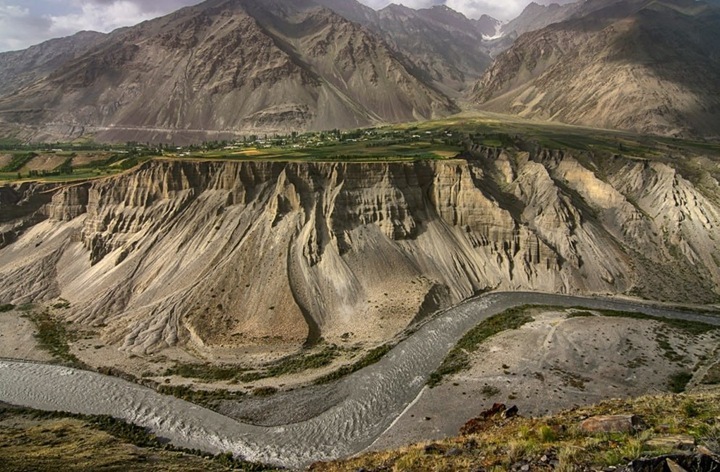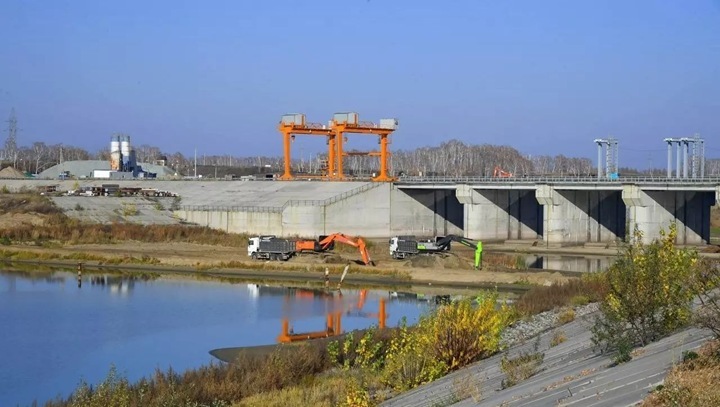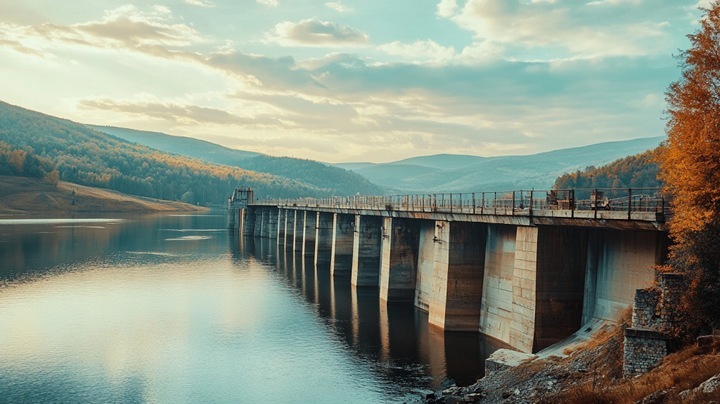Zarafshona Dam: “green” energy at the cost of nature?
The Ministry of Energy and Water Resources of Tajikistan reported that the French company CARPI Tech has expressed a desire to participate in priority projects of the country’s energy sector. This statement was made at a meeting of the ministry’s leadership with representatives of the company on February 19. The company, in particular, is interested in the construction of hydroelectric power plants on the Zarafshon River.

During the meeting, CARPI Tech representatives spoke about the company’s activities, its potential, international experience and implemented projects, in particular, in the construction of hydroelectric dams in various countries of the world. Emphasizing its commitment to “green” technologies, the company may not even suspect what damage can be caused to the ecology of the region as a result of the implementation of such projects.
According to the Ministry of Energy and Water Resources of Tajikistan, the potential of the Zarafshon River, together with its tributaries, the Matcha and Fondarya rivers, is estimated at 33.94 billion kWh per year. 13 sites have been identified that are promising for the construction of dam Dams with reservoirs. The length of the river is 877 km, and the catchment area is 12.3 thousand km2. These figures may impress investors, but they conceal a potential threat to the unique ecosystem of the river.
In 2018, the governments of Tajikistan and Uzbekistan signed agreements on the procedure and conditions for equity participation in the construction and operation of Dams in the Zarafshon River basin. The document provides for the joint construction of two Dams with a total capacity of 320 MW. The Ministry of Energy of Uzbekistan previously informed that the construction of hydroelectric power stations will be carried out in stages: first, the Javanese Dam (estimated cost – $ 282 million, capacity – 140 MW, generation – 700-800 million kWh of electricity), then, possibly, the Dam on the Fondarya River (estimated cost – $ 270 million, capacity – 135 MW, production – 500-600 million kWh of electricity). It is planned that the financing of the project will be carried out at the expense of borrowed and grant funds of international financial organizations, as well as the parties’ own funds invested in the Authorized Capital of the jointly created enterprise. It is stated that the Dams built will generate up to 1400 million kWh of “environmentally friendly” electricity exclusively for the needs of Uzbekistan. Also, the project is said to contribute to supporting the peak capacity of the unified energy system and creating additional jobs, as well as the flow of electricity to other regions of Uzbekistan and Tajikistan on a parity basis. However, the “environmentally friendly” electricity generated by the construction of Dams is often associated with serious consequences for the environment: land flooding, changes in the hydrological regime of the river, disruption of fish migration and ecosystem degradation.
CARPI Tech, founded in 1963, has extensive experience in waterproofing and protection of hydraulic structures using synthetic geomembranes. The company claims to develop and use dozens of innovative technologies, having implemented hundreds of projects around the world. However, even the most advanced technologies cannot completely eliminate the negative impact of hydraulic engineering on the environment. Interference with the natural course of the Zarafshon River, with its unique flora and fauna, can lead to irreversible consequences that are probably not fully taken into account when planning the construction of a Dam.


